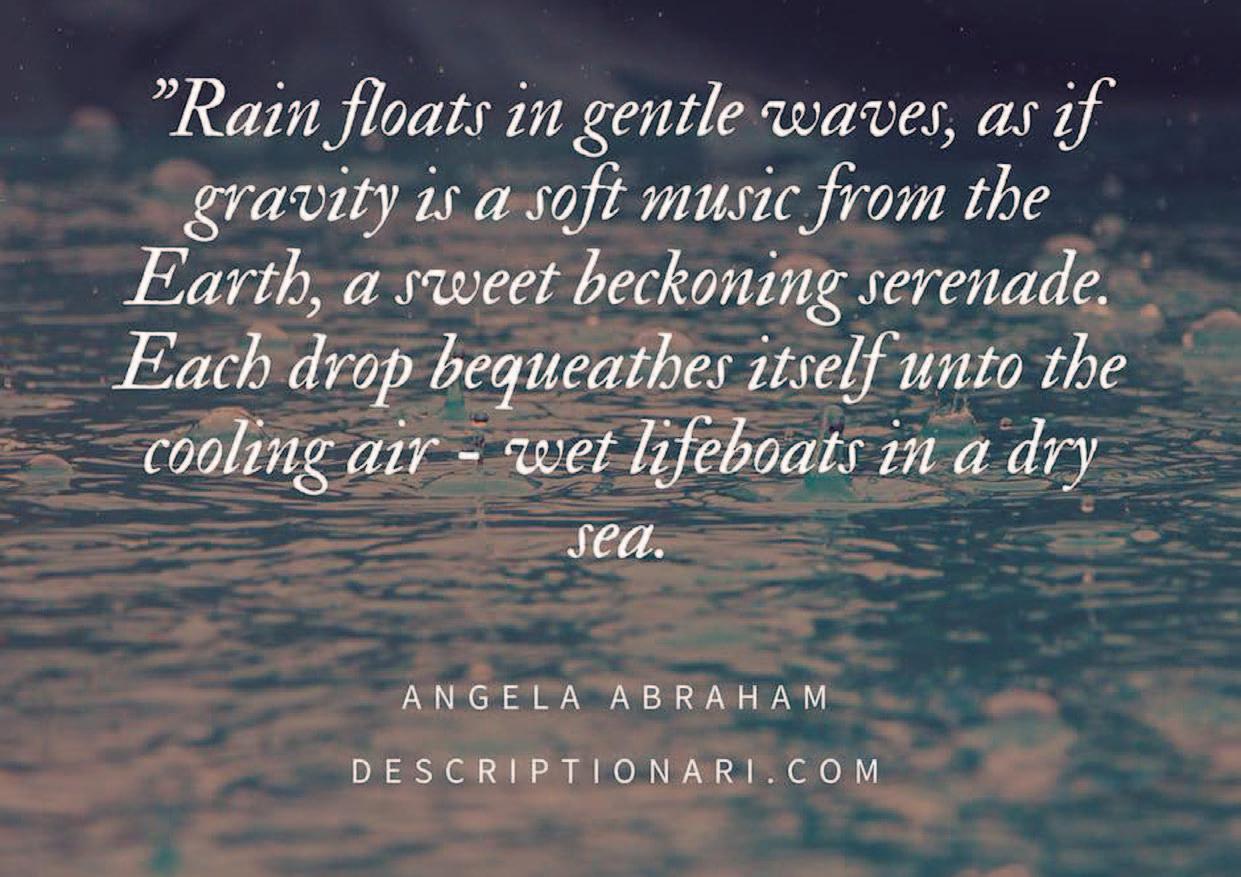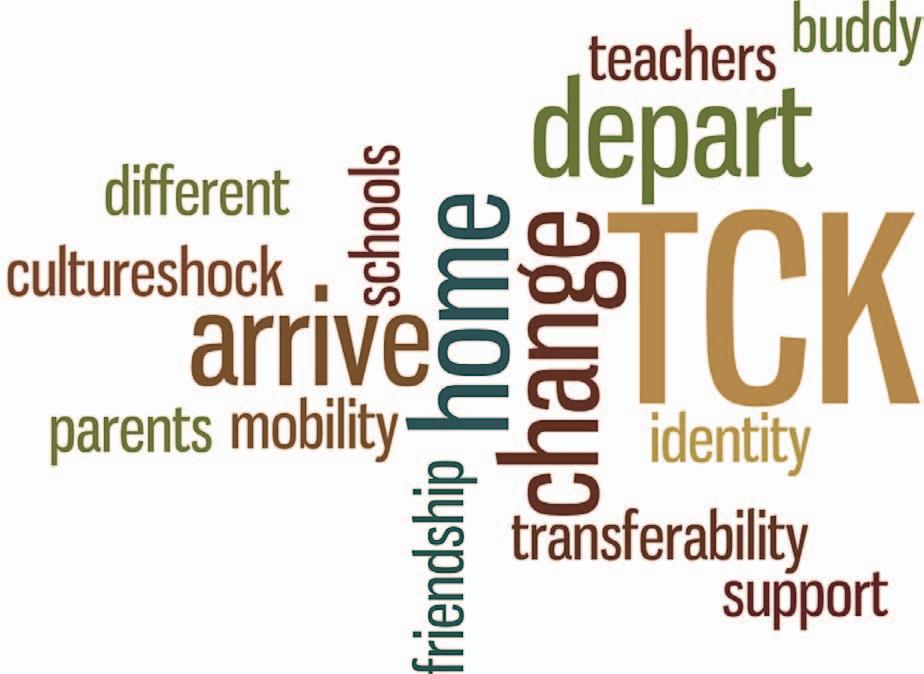Features
Neurodiversity as a competitive advantage Schools stand to gain from an array of learning profiles, says Geoff Richman
20
The trend toward more open acceptance policies over the past two decades has led schools to grow more diverse with regard to levels of classroom skills, volumes of background knowledge, and abilities to thrive with a high volume of coursework in fast-paced environments. While recognizing this changing population, we teachers are still developing our understanding of how best to engage a broader range of students in our classrooms. It was in the spirit of recognizing the contributions of students with unique learning profiles, accepting their differences and playing to their strengths, that I read an article titled “Neurodiversity as a Competitive Advantage� by Robert Spring |
Autumn
In 2016, the research arm of International Schools Consultancy (ISCR), led by director Richard Gaskell, surveyed nearly 600 international, independent schools with respect to whether and how they include students with learning differences. More than a third of the schools were in Asia, while Europe and the United States were represented by nearly a quarter each. With respect to admission policy, 32% of schools considered themselves selective, many highly so. But half of the schools described themselves as non-selective, willing to accept students with mild learning differences only (13%), mild and moderate (28%), or mild, moderate and intensive (9%) needs.
| 2018



















